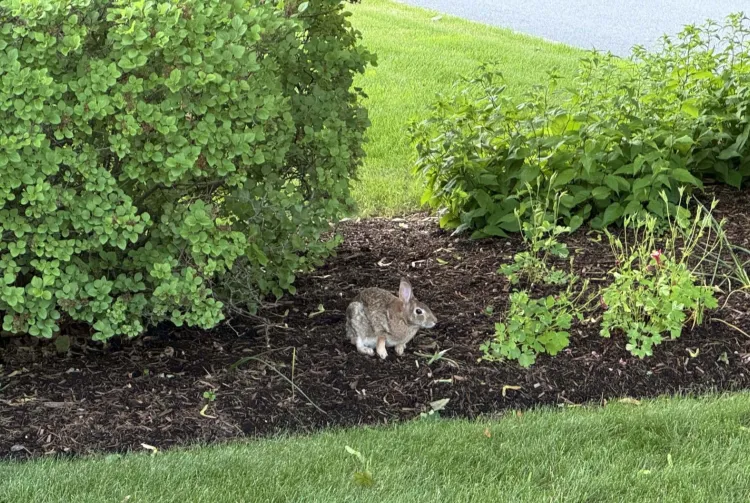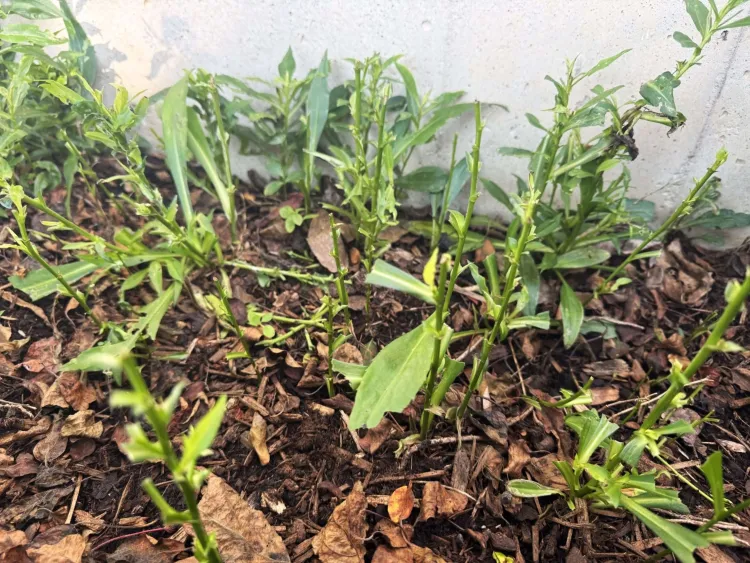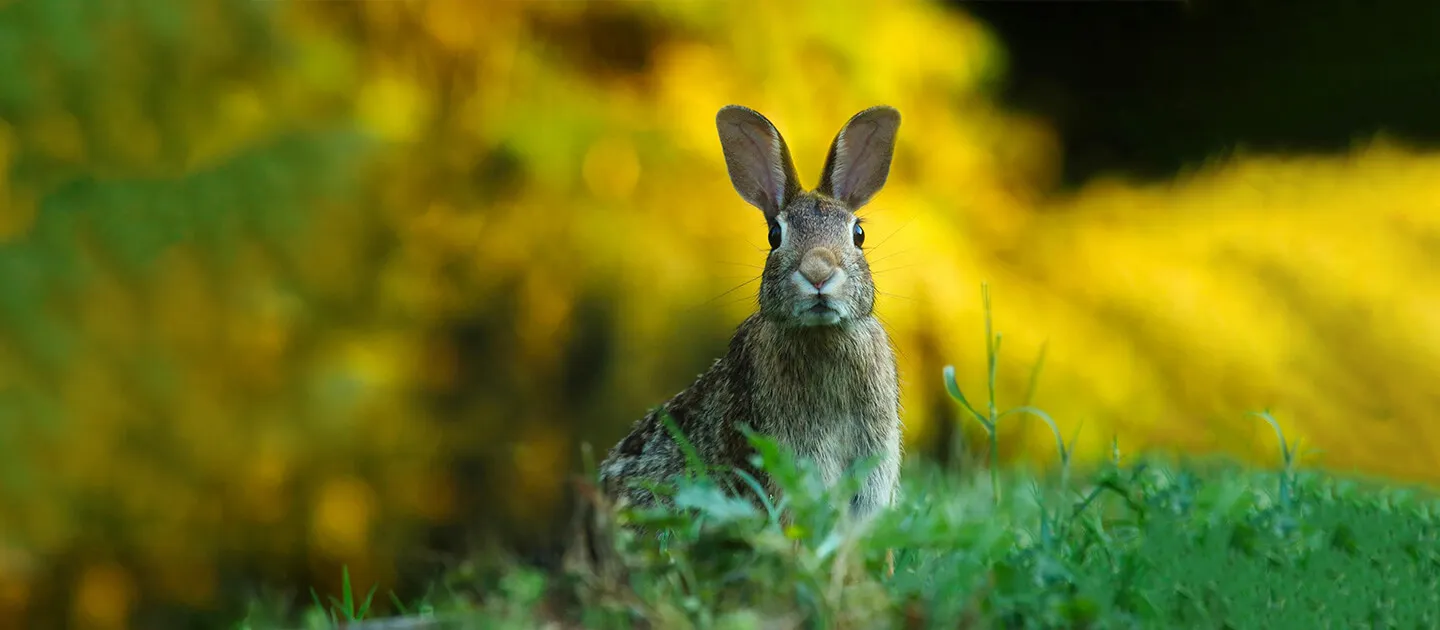Rabbits are adorable creatures, until they devour your newly planted perennials, that is. Many gardeners find themselves quite frustrated by the damage that rabbits can cause to their beloved plants. Understanding what you can do to discourage them from dining in your garden can help gardeners and rabbits coexist more harmoniously.
Previously, two species of cottontail rabbits made their home in Vermont. While the New England cottontail rabbit is native, it is now rare and only occasionally found in the southern regions of the state. Eastern cottontail rabbits are ubiquitous within the United States and although they are not native to Vermont, they are well established here.

Therefore, our adversary in the home garden is likely the Eastern cottontail rabbit. While their preferred habitat is fields and pastures of valley farmland, your yard can also keep them satisfied.
Since rabbits remain in the same habitat for life, they and their prolific offspring may be repeat customers at your garden for many years. Unlike some other garden nuisances, rabbits are active all day and night, all year long.
The preferred plants of rabbits are flowers, fruits and vegetables. Wintertime forage is challenging for them, so they turn to eating the bark from trees and woody plants to access the nutritious cambium between the bark and wood.
Although it may seem like you cannot win against this voracious herbivore with large incisor teeth, there are ways to protect your plants.

Note that if given the choice, rabbits will choose security over abundant food sources. With that in mind, if you have piles of stones, brush, tall weeds or debris in your yard next to plants, removing them will deny rabbits a hiding spot from which to dine. Likewise, fence off areas under decks, stairs or buildings to avoid giving them a safe haven.
Some gardeners try using repellents or scaring techniques, but unfortunately, their efficacy is generally short-lived.
The best deterrent is a two-foot-tall barrier such as chicken wire with 1-inch or smaller squares, or 1/4-inch landscape cloth supported by wooden stakes or metal posts. Secure the fencing at the soil line with U-shaped pins or bury it 4 inches below ground as rabbits can and will crawl underneath it otherwise.
Rabbits especially enjoy the juicy stems and buds of plants, making emerging plants in springtime most appealing to them. Cover flowering bulbs as they emerge with a wire protector all around the plants (top and sides) and far enough away that rabbits cannot reach through to the plant parts. The barrier can be removed once the flowers are blooming.
Strategically install barriers around vegetable gardens or other plants that show the tell-tale cleanly snipped leaves and stems associated with rabbit browsing.
From November to April, protect young trees and woody shrubs with fencing, metal cages, hardware cloth or tree guards. Winter barriers should be 3 feet tall to allow for the height of any snow cover. Unfortunately, failure to adequately protect your woody plants may result in their destruction within one winter.
Once you have protected your precious plants from the cute but destructive Eastern cottontail rabbit, you may find that it has decided to move on to another yard. Still, it is best not to let your guard down because at any moment, it can also come back for more.
